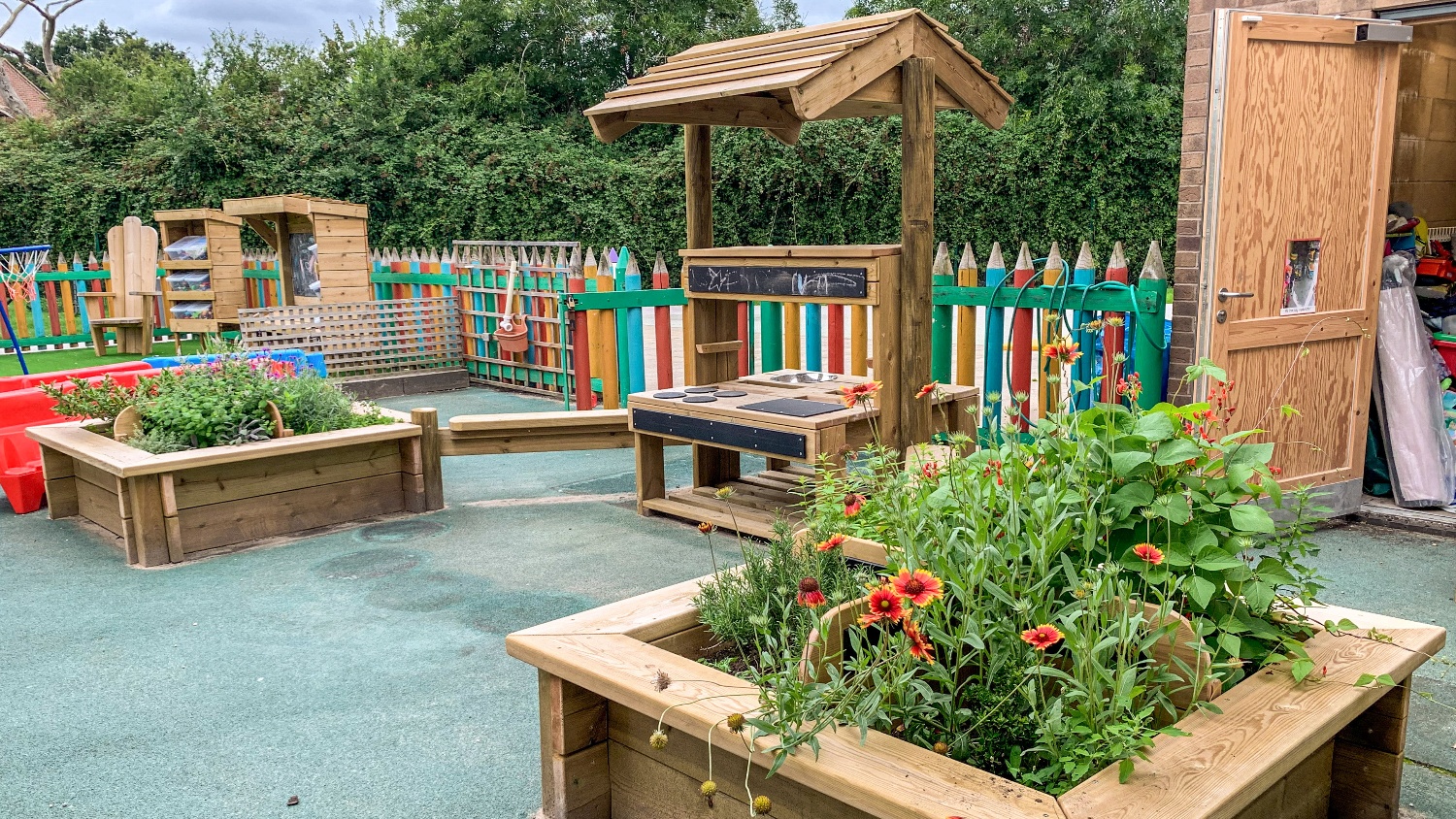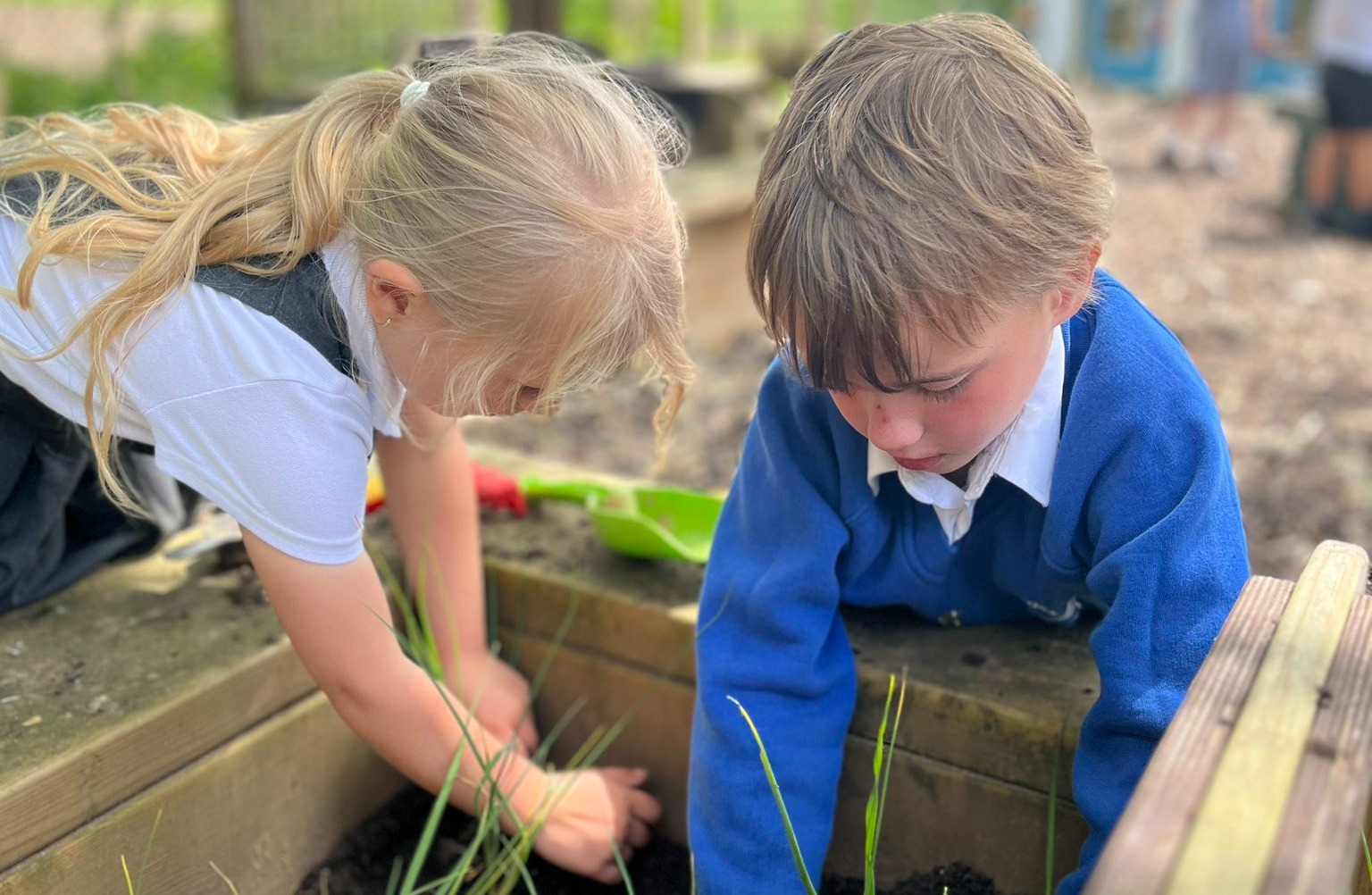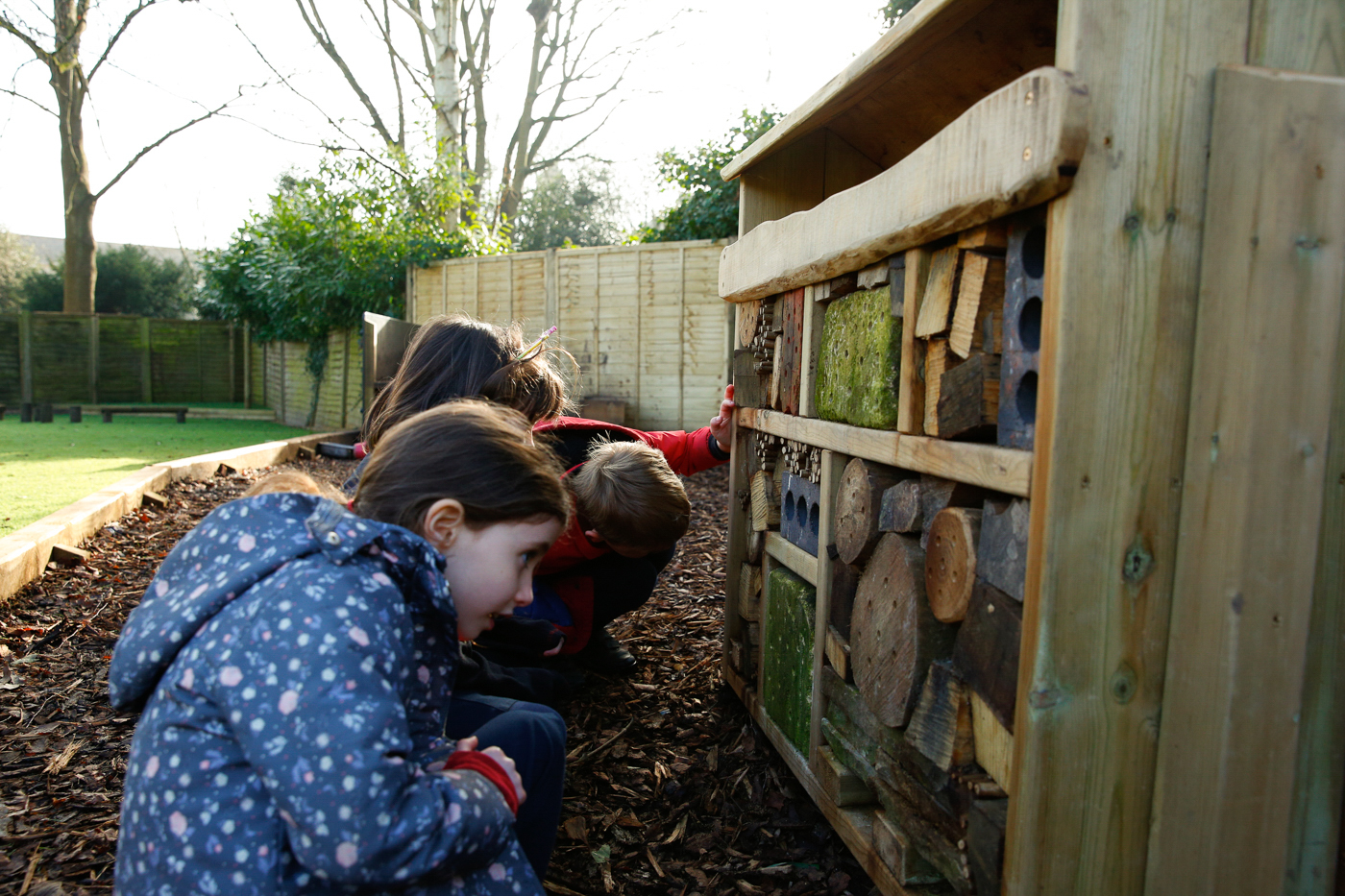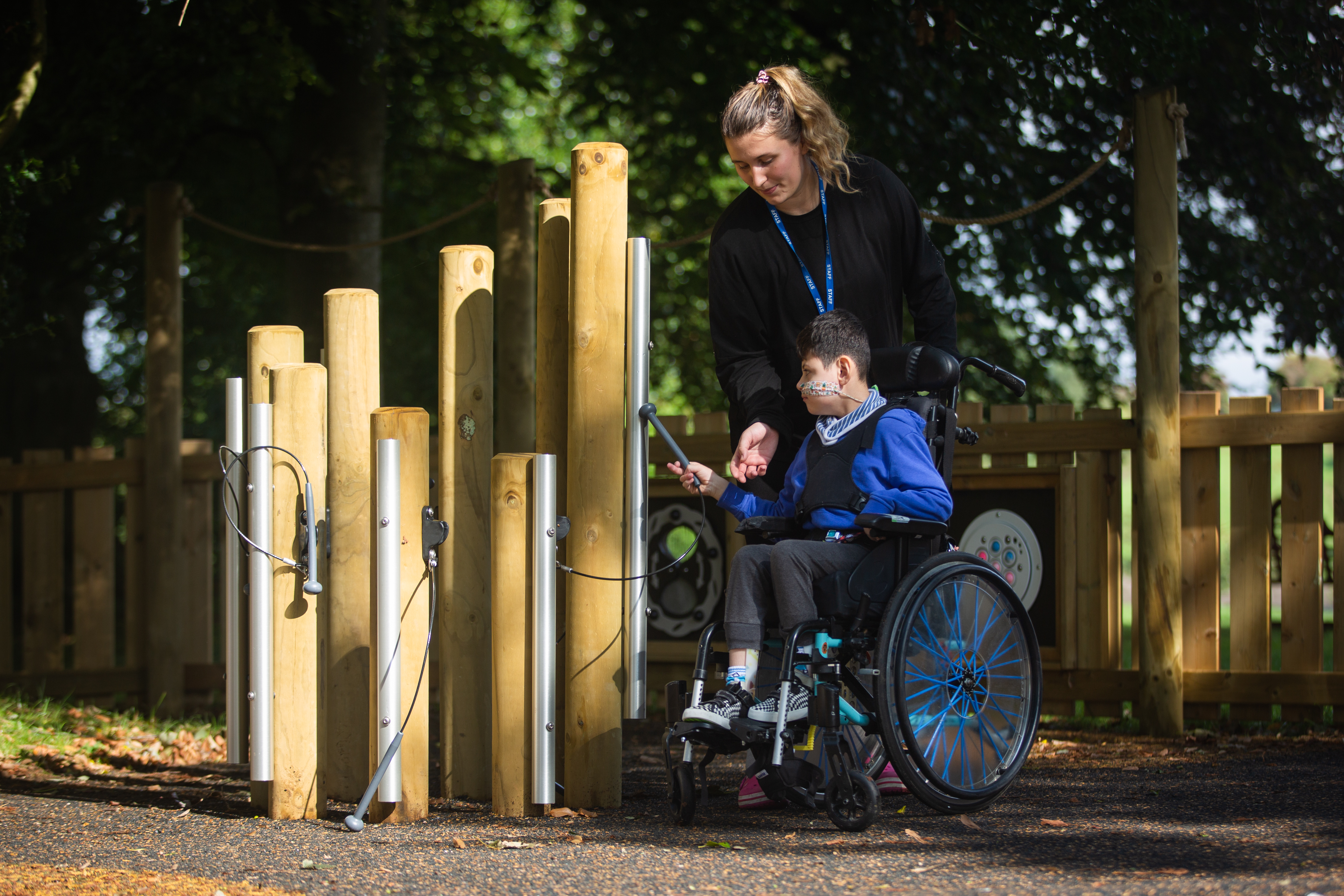It’s that time of year when the sun is shining, and everyone wants to be outside. Now is the ideal time to introduce children to planting and gardening.
Not only can planting and caring for seeds at school help children to learn about nature, but it can also promote healthy eating habits and create exciting new natural spaces in your school playground.
Gardening doesn’t need to be difficult or time consuming. Whether you’re a teacher who’d like their class to grow their own or looking to set up a school gardening club, it’s an effort which is well worth your time.
In this post, we will guide you and your school on what seeds and bulbs are best to use, where to start and when to grow-lots can be done right now with quick results too!
How do I start?
Firstly, all you need is a sunny space with one of our exciting Planters, which includes good quality topsoil.
Next, you need to decide what you want to achieve from this area. Is it to learn about healthy eating by creating your own allotment? Creating a reflection space or sensory area for pupils to sit quietly? Or something completely different.
Free seeds are available for schools from the growseed website. Just click on the link and sign your school up for free seeds!
Easy vegetables to grow at school
If you want to create a vegetable and fruit garden for your school or nursery, it is best to choose to grow some of the children’s favourite fruit and vegetables, as well as introducing some new foods to try.
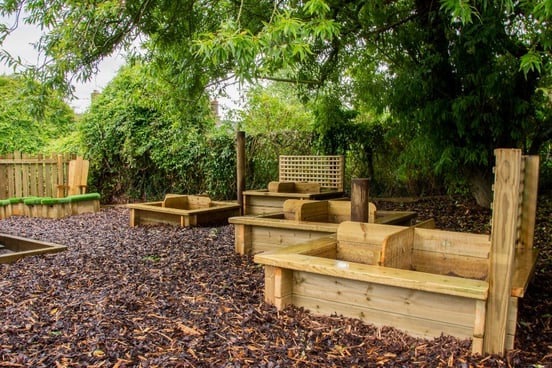
By choosing vegetables that are easy and quick to grow, such as radishes, peas, beans, alfalfa sprouts and microgreens (cress), children will see visible progress and may engage in the process better.
In a primary school or nursery, you should also consider the age and fine motor skill ability of your group. Younger children often cope better at handling bigger seeds such as zucchini, pumpkins, and green beans.
Radishes
Radishes are easy to grow, you can plant them anywhere, and they grow very fast.
They’ll start sprouting in just a few days and will be ready to harvest within 30 days, or earlier if you want them small. As a less common vegetable, radishes often challenge children’s taste buds and continue to grow through spring, summer and autumn terms.
Alfalfa Sprouts
Alfalfa Sprouts can be grown on cotton wool, soil isn’t even needed, and the children will see the seeds sprouting within a day.
Perfect for any mud kitchen, children can use these in play or for eating.
Microgreens (Cress)
Microgreens (Cress) have similar qualities to alfalfa sprouts.
They can be grown in shallow containers on your windowsill, they grow fast, and they are lots of fun as children can harvest them with scissors when they are ready to eat. You could even challenge your group to make their own cress-heads.
Carrots
Carrots grow well in deep Planters with good, loose soil. If they are planted in spring or autumn, pupils should be pulling up baby carrots within a few weeks. This can also be the perfect opportunity to learn about roots and the different parts of a plant.
Zucchinis (Courgettes)
Zucchinis are easy to grow and can be grown in a bundle, which is always helpful for a big class.
They can also be used in lots of different ways. For instance, making bread, grating to turn into noodles, or adding them to a salad.
Beans
Beans have big seeds and are easy for children to plant directly into a Planter.
Climbing beans will need support for them to grow on, and our Planters can come with Trellis to support this.
Peas
Peas are another great vegetable to grow.
You plant peas a little earlier than beans so you can start them in early spring, then plant some beans a few weeks later to grow over summer. Children get great enjoyment from picking peas, smelling the flowers produced by sweet peas, and eating them fresh from the garden.
Lettuce
Lettuce is easiest to grow from seedlings/plug plants rather than seed, and you should be able to buy a tray that has a few different varieties. Children will love picking their own salad and trying all the different kinds.
Lettuce is quick to grow and doesn’t need a lot of sun, so can be grown anywhere.
Pumpkins
Pumpkins sprout quickly and are easy for children to handle due to the size of the big seeds. They are planted in spring but will need to have a lot of space for the vines to grow.
Children will love watering these pumpkins and will see change happening slowly until they see their pumpkins come to life in autumn. Once they have grown, the activities you can do with the pumpkins will be endless.
Easy flowers for School Playgrounds
Growing flowers for a reflection garden can be so much fun for children, in addition to being educational. Children will be able to watch and record and learn what plants need to grow, bringing science activities out of the classroom and into the playground.
This will also encourage them to respect and nurture the plants, teaching children how to be patient and to care for living things.
It is best to choose flowers that grow rapidly so that children’s attention and focus are kept, and they can clearly see the progression from seed to flower.
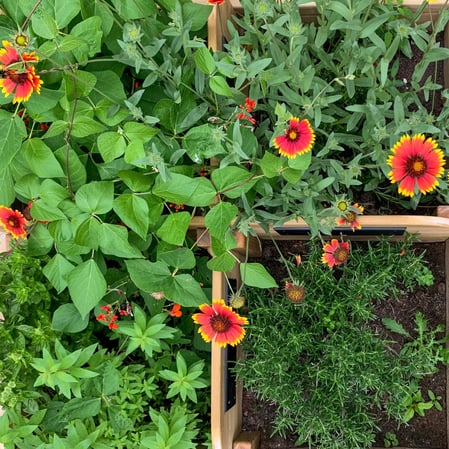
Seed size is also important. If the seed is too small for their fingers, it will make it difficult for the children to independently grow the flowers themselves. To develop their fine motor skills, children should be able to pick up the seeds between their thumb and index finger or by using small tweezers.
The ideal flowers for children to grow are marigolds, morning glories, zinnias, nasturtiums, impatiens, sunflowers, geraniums, nigellas and sweet peas.
All you will need is one of our playground Planters and the quality topsoil it comes with. This can be teamed up with a seating area or book hub to create a relaxing and peaceful reflection garden. You will need to invest in trowels and lolly sticks for identifying the flowers. You could also supply a marker pen, a watering can, and some books to encourage plant growth and gardening.
Sweet Peas
Sweet Peas are wonderful flowers for the playground. They’re very easy to grow and last all summer. They will stimulate children’s senses as they have a very sweet honey scent and are appealing to the eye.
Nasturtiums
Nasturtiums are another flower that are easy for children to grow.
They are bright in colour which will enhance their sensory experience. They will also grow to cover a large space and most species are even edible - salads have never been more exciting.
Nasturtiums are an ideal plant to grow to attract insects and talk about nature, awakening all the senses such as the sound of a bee, the colours of a butterfly, and smell of the flower.
Sunflowers
Sunflowers have the appeal of being large, bright, and very recognisable. Children will love watching them turn towards the sun over the school day, and birds and squirrels adore their seeds- more opportunities to explore life science in the playground.
When growing sunflower seeds, mathematical languages can also be introduced, talking about height and size. “How high can it grow? Whose is the biggest? Can you put them in height order?”
Herbs
Herbs are not only easy for children to plant and grow but also offer many benefits and uses such as taste, aroma, and colour.
Children have the opportunity to use herbs in making magical potions or beautiful perfumes. They could also add them to their mud kitchen or feed their sensory experience by smelling their strong, interesting fragrance.
Herbs need space to grow as they grow rapidly, and you won’t want them over shadowing other plants or grass areas. Our Dual Seating Sleeper Planter with Dividers, Trellis & Sign would be the ideal place to create a herb garden.
Children will have plenty of opportunities to maintain their herb garden as herbs need a lot of pruning and cutting back - ideal for an afterschool club activity.
They’re a wonderful addition to our Mud Kitchen, where children will have lots of fun regularly cutting or pulling bits off the herbs to include in their play.
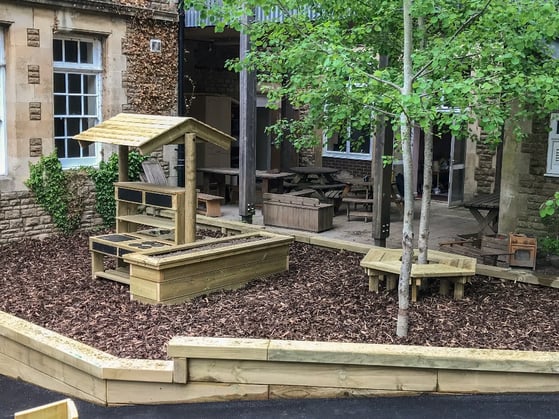
Basil, parsley, and coriander are the best herbs to grow from seeds. Basil and parsley are best planted in mid spring in small pots on the windowsill and then planted outside in late May, or early June. Coriander can be planted directly into soil outside starting in April-June. These herbs are aromatic with distinctive smells and flavours.
Sage, mint, and rosemary can all be grown from cuttings and moved into your new herb garden at school.
Mint is a great plant to introduce children to as they can use their communication and thinking skills to explain its aroma and what it reminds them of, as it is a scent they are all used to. Rosemary has beautiful dew-like flowers and has a soft and peaceful aroma. It can also be used to flavour bread, scones, and potatoes.
Oregano and chives are best planted from pots and then planted outside in May and they like a lot of sun. Oregano is an insect attraction plant and will encourage bees and butterflies to any garden.
Insects
Other plants that will attract insects and bees are honeysuckle, foxgloves, lavender, bluebells, forget-me-nots, and sunflowers just to name a few.
Insects play such an essential role in our ecosystem; it really is important that we do what we can to encourage them to return to the garden. Having insects in the garden is beneficial. Not only are they interesting to children and can spark thought-provoking discussions, but they are a great way for children to gain knowledge and understanding of the world.
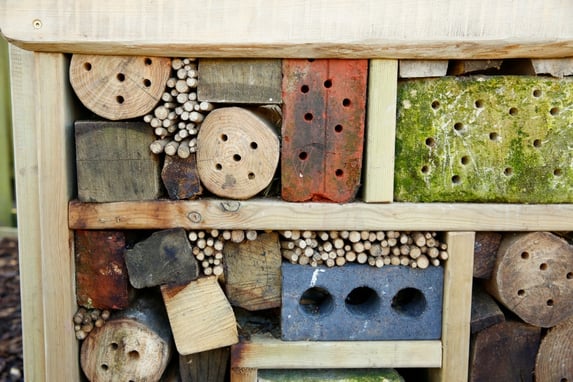
Book Suggestions
Books can be a wonderful way into gardening for children. They can help them to imagine the possibilities of planting garden seeds and think about plants in new ways. Some books that would be useful to share and discuss include:
- Isabella’s Garden by Glenda Millard,
- How Does My Garden Grow? By Gerda Muller
- The Tiny Seed by Eric Carle
What best suits a Trellis
Plants growing up a trellis can become a colourful and attractive visual barrier.
Clematis is one of the easiest climbing plants to grow and offers large dramatic flowers. They are ideal for our Trellis as they climb almost anything, and the flowers offer additional beauty.
If you want a quick growing and flowering plant for our Timber Trellis, trumpet vines are an ideal match. With bright reds, yellows and oranges, they is extremely attractive and will encourage insects too. Due to the rapid growth, this plant will need pruning before the spring and new growth starts again.
Why are planters and trellis important equipment for school and nursery playgrounds?
Whether it’s a vegetable garden, reflection garden or herb area; gardens are an amazing outside classroom extension, where endless learning and sensory experiences take place.
School gardens and planters can act as living laboratories with plenty of questions, hypotheses and investigations going on. Children will be able to talk about similarities, differences, height, length, colour, shape and watch things change over time.
Having a garden will add to their knowledge and understanding of the world and the living creatures that inhabit it.
By growing vegetables and fruit, children are more likely to try and adopt a preference for healthy snacks. It will give the children a sense of ownership and give them a responsibility to nurture their vegetable garden towards an end goal.
Visiting gardens and green spaces can also lead to an improved appreciation for the environment. Having a school garden encourages children to take care of our world and promotes respect.
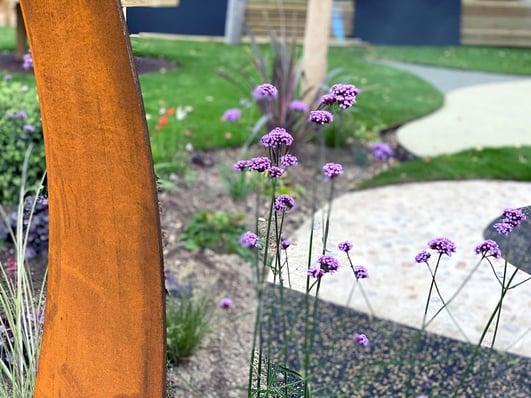
Gardens additionally provide a place of rest, healing, and meditation, which leads to improvements in mental health. A well cared for garden can serve as an oasis and a welcome change of scenery in a busy school environment.
School gardens cultivate a sense of community, having a lunch time or afterschool gardening group can bring different year groups, parents, teachers, and other community members together. It will also promote social interaction and develop children’s communication, teamwork, and ownership.
A school garden is a sensory playground, where there’s new sensory experiences happening everywhere. Our Planters, Trellis and topsoil brings any school garden to life and will give it a base for the love and care it deserves.
Hopefully, our plant guide can help get your school started into creating little nature learners of your own and in constructing a beautiful and beneficial space for the whole school.
Free seeds available for schools from https://www.growseed.co.uk/seeds-for-schools.html
You can find planters, raised beds and mud kitchens in our online brochure. You can also get in touch and let us help you design your very own grow garden.
Originally published Apr 21, 2023 10:00:00 AM , updated January 31, 2024



